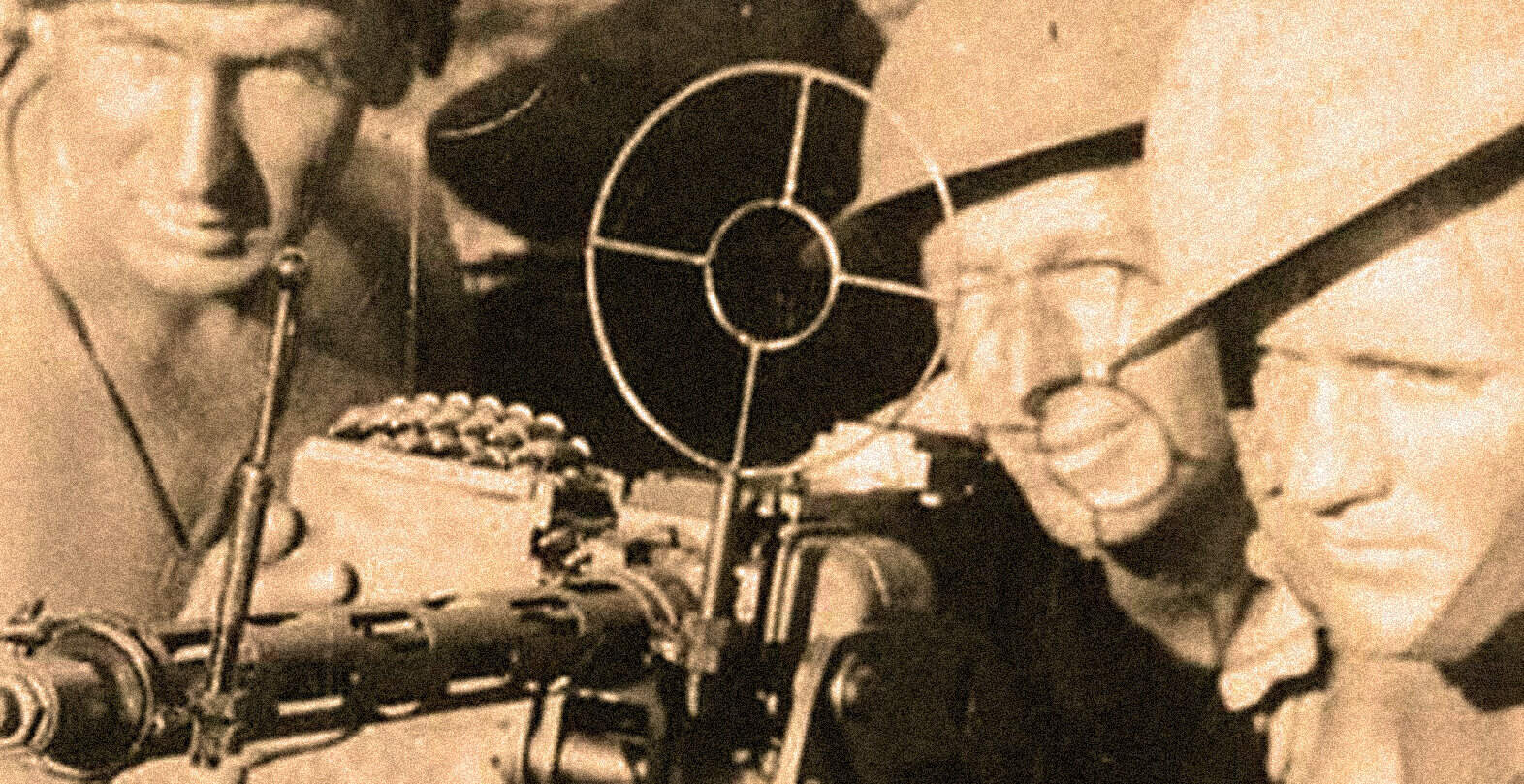
March 23, 1942 – Radio Australia News and commentary – Gordon Skene Sound Collection –
March 23, 1942 – News from Australia, as broadcast over Shortwave to America. Despite a feeling of impending doom, Australia was putting up great resistance to Japanese bombing runs on the northernmost part of the country.
The Japanese made their first air raid on Port Moresby in the Australian territory of Papua on 3 February 1942. Twelve days later, on 15 February, the same day as the surrender of Singapore, Australian civilian government in New Guinea ceased. The Australian New Guinea Administrative Unit (ANGAU) was set up to run the territory for the duration of the war and Major-General Basil Morris took over control. Gradually, Port Moresby was transformed into a large Allied base with five operational aerodromes, fuel and logistical supply dumps, base hospitals and administrative buildings.
For the first months of 1942, Port Moresby relied for defense against Japanese air attack on Army anti-aircraft batteries and machine guns. On 21 March, 75 Squadron RAAF with Kittyhawk fighters arrived. Less than two hours after their arrival the unit made their first combat sortie.
The Invasion of Lae-Salamaua, called Operation SR by the Japanese, was an operation by Imperial Japanese forces to occupy the Salamaua-Lae area in the Territory of New Guinea 8–13 March 1942 during the Pacific campaign of World War II. The Japanese invaded and occupied the location in order to construct an airfield and establish a base to cover and support the advance of Japanese forces into the eastern New Guinea and Coral Sea areas. The small Australian garrison in the area withdrew as the Japanese landed and did not contest the invasion.
In response to the Japanese landings, a United States Navy aircraft carrier task force including the carriers Yorktown and Lexington struck the invading Japanese naval forces with carrier aircraft on 10 March. Supporting the carrier aircraft were eight B-17 bombers of the 435th Bombardment Squadron of the 19th Bombardment Group from Garbutt Field, Townsville, Australia and eight Royal Australian Air Force Hudson bombers of No. 32 Squadron from Port Moresby, New Guinea. The raid sank three transports and damaged several other ships.
In spite of the damage sustained during the air raid, Japanese forces successfully occupied Lae and Salamaua and began the construction of a base and airfield. Air units based at the airfield later supported an air superiority campaign against Allied forces at Port Moresby.
This newscast, along with commentary, focuses primarily on the defense of Australia, obviously minimizing losses and attempting to keep morale high at home. Despite the distant and, at times difficult to make out sound of these broadcasts, they are fascinating documents seldom heard and most times deteriorating because of the fragile nature of the recorded material they are on. Nonetheless, they are important pieces of history to witness.





